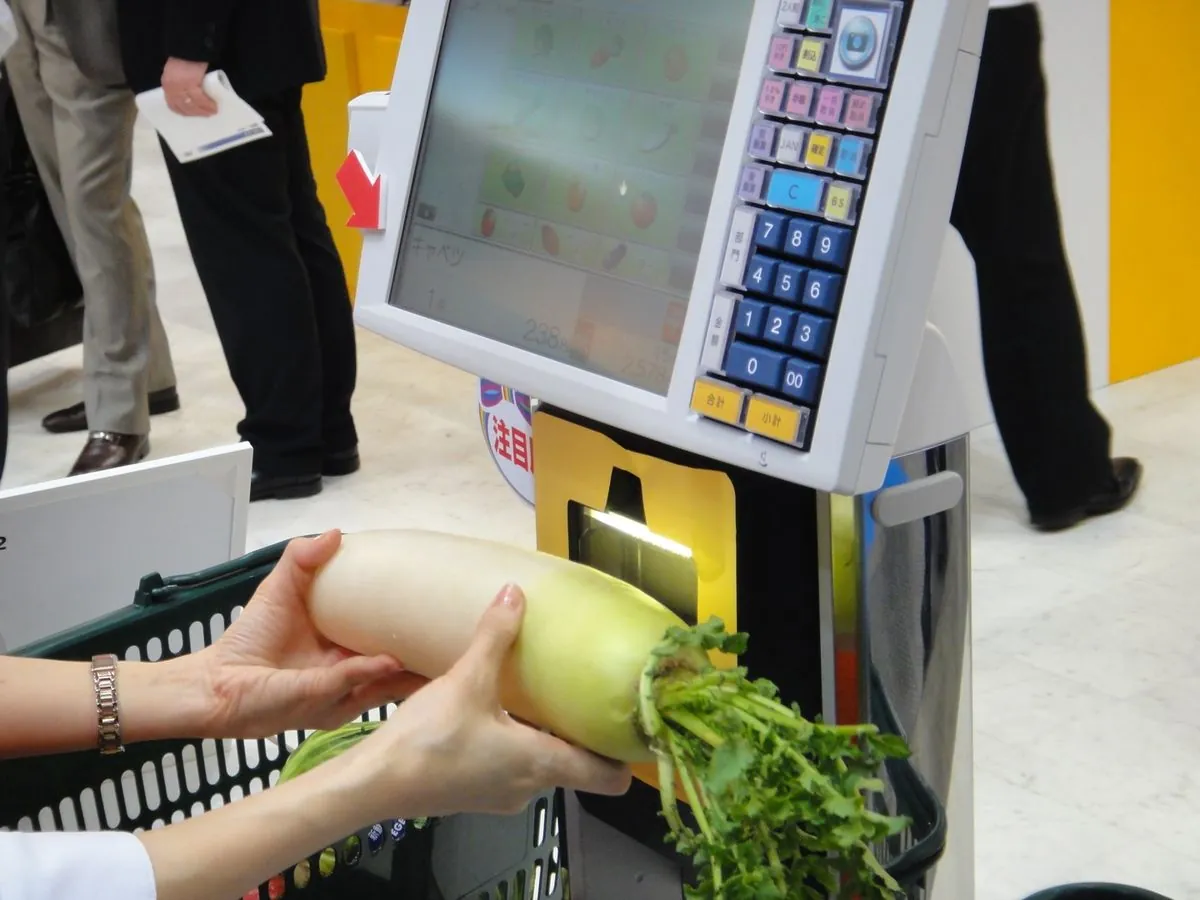The Office for National Statistics (ONS) in the United Kingdom is set to implement a groundbreaking method for measuring grocery sector inflation. This innovative approach, scheduled to commence in March 2025, will utilize supermarket scanner data to analyze over 1 billion units of grocery sales each month.
This significant update represents the most substantial change in the ONS's inflation data gathering process to date, encompassing 50% of the grocery market. The new system will replace the current manual collection method, which involves price collectors visiting shops to gather 25,000 prices monthly.
The enhanced data collection process will provide approximately 300 million price points derived from the sales of over a billion product units per month. This vast increase in data points offers several advantages:
- Broader product coverage
- Continuous data collection throughout the month
- Insights into consumer behavior in response to price fluctuations
The ONS, established in 1996, has been progressively modernizing its data collection methods. In 2023, the agency began using digital data for all consumer train fares. This year, it expanded its coverage of second-hand car prices from 105 to 300,000 price points monthly.
"This new system represents a significant leap forward in our ability to accurately measure inflation in the grocery sector. By harnessing the power of supermarket scanner data, we can provide a more comprehensive and timely picture of price changes affecting consumers."
It's worth noting that the ONS will continue to employ price collectors for smaller grocery shops and other outlets not covered by the new system. This hybrid approach ensures comprehensive coverage across various retail environments.
The implementation of scanner data for inflation measurement places the UK among the pioneering countries in this field. This method can potentially reduce data collection costs while allowing for more frequent updates to the basket of goods used in inflation calculations.
The ONS, headquartered in Newport, Wales, is the UK's largest independent producer of official statistics, employing approximately 3,000 staff nationwide. It is responsible for producing over 650 different statistical releases annually, including the Consumer Price Index (CPI) introduced in 1996 and the Retail Price Index (RPI) dating back to 1947.
This modernization effort aligns with the ONS's ongoing work to incorporate big data and machine learning into its statistical processes. The resulting inflation data will continue to play a crucial role in informing the Bank of England's monetary policy decisions, as it strives to meet the government's 2% annual inflation target.
As the March 2025 implementation date approaches, the UK's approach to measuring grocery inflation is poised for a significant transformation, promising more accurate and comprehensive economic insights.
